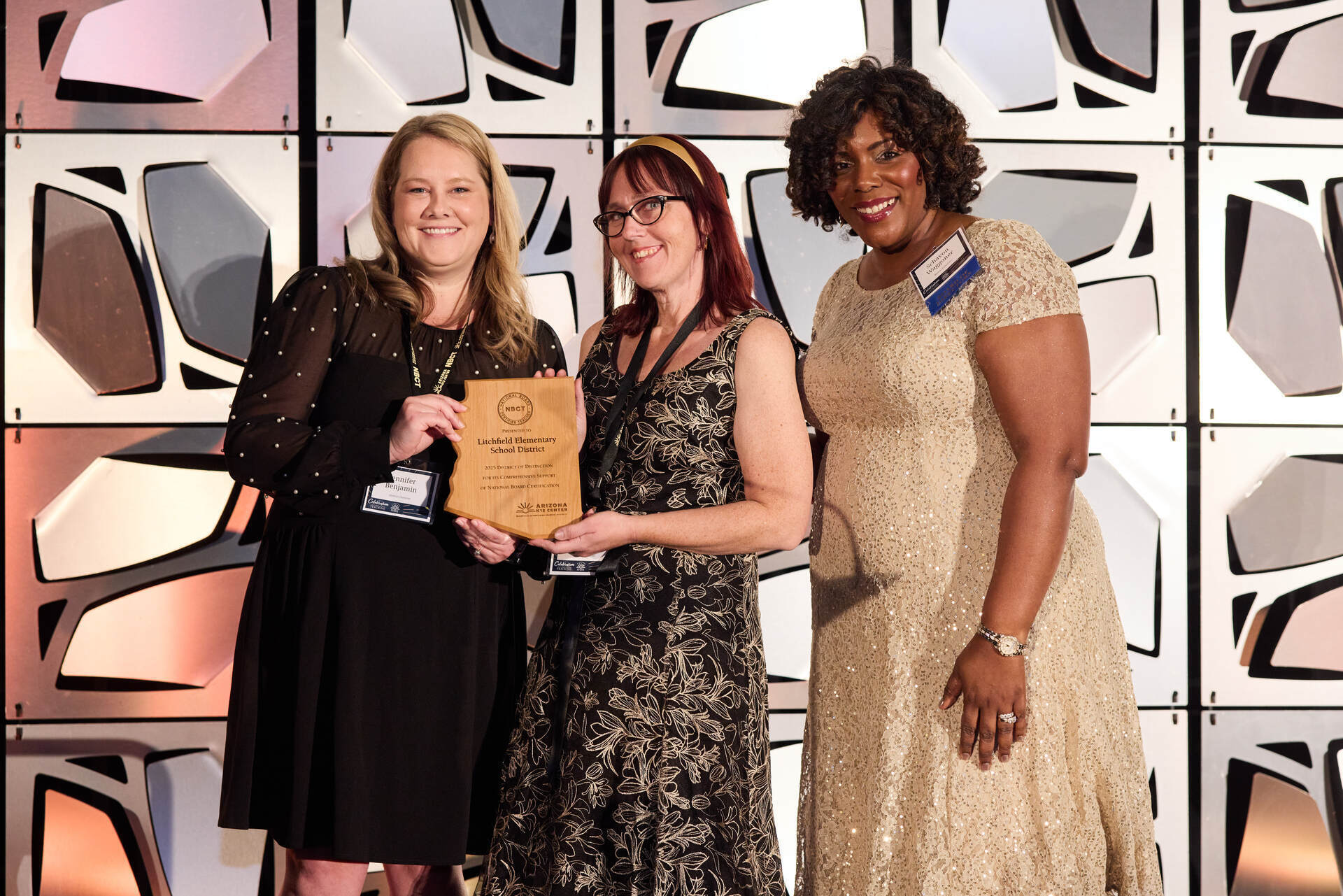July 6, 2016
What Makes a Makerspace?
The scope of the maker movement is broad. While some products of the mindset are complex, don’t let fear hinder your ability to kindle students’ creativity.
When you think of a “makerspace,” what comes to mind? Across the nation, the “Maker Movement” phenomenon is making its way into science centers and classrooms. But what does a teacher need to transform their four-walled space into a place where students can brainstorm and put their creative ideas into action?
In June, attendees at the Arizona K12 Center’s Camp Plug and Play 11.0 heard from David Wells, the Director of Maker Programming for the New York Hall of Science. The longtime maker encouraged teachers to tap into their own desires to create something, proving that everyday items can be used to construct new things.
He asked the room full of about 150 educators if they consider themselves makers. Only a few hands went up initially, until he inquired who in the room had ever made a peanut butter and jelly sandwich.
Moments later, all hands were raised. Wells says the maker movement is simply the “mustering of resources and a ‘get-it-done’ mindset.” Further, he explains resources can be anything from paper clips, erasers, or items that help individuals solve a problem.
Wells explains that as a child he was infatuated by drums. Before owning a real set, he looked for items in his garage that would make different sounds so he could create beats — he made his own childhood set out of household items. As an adult, he was able to choose from the best brands to make his own custom set. While having “the best” of the best is a great luxury, he says he’ll always remember the way he used his creativity and imagination to compose his first musical laboratory.
It’s memories like these that fuel Wells’ career today. So now it’s your turn — gather some resources and empower your little learners to delve into project-based learning scenarios that spark originality and new ventures.
As you begin to plan for the 2016–2017 school year, ponder how you might invigorate your students to be members of the Maker Movement. Looking to learn even more? Register now for the Arizona K12 Center’s the Art of Making: CREATE™, Play, and Engineer the World of STEAM event beginning on September 23.











